Select an Orthopaedic Specialty and Learn More
Use our specialty filter and search function to find information about specific orthopaedic conditions, treatments, anatomy, and more, quickly and easily.
GET THE HURT! APP FOR FREE INJURY ADVICE IN MINUTES
Shoreline Orthopaedics and the HURT! app have partnered to give you virtual access to a network of orthopaedic specialists, ready to offer guidance for injuries and ongoing bone or joint problems, 24/7/365.
Browse Specialties
-
- Arthritis
- Fractures, Sprains & Strains
- Joint Disorders
- Physical Medicine & Rehabilitation (PM&R)
- Shoulder
- Sports Medicine
AC Joint Issues
Although many things can happen to the AC joint, the most common conditions are fractures, arthritis and separations. When the AC joint is separated, it means that the ligaments are torn and can no longer keep the clavicle and acromion properly aligned. Arthritis in the joint is characterized by a loss of the cartilage that allows bones to move smoothly and is essentially due to wear and tear.
More Info -
- Joint Disorders
- Ligament Disorders
- Muscle Disorders
- Shoulder
Chronic Shoulder Instability
Chronic shoulder instability is the persistent inability of these tissues to keep the arm centered in the shoulder socket, so the shoulder is loose and slips out of place repeatedly. Once a shoulder has dislocated, or the shoulder’s ligaments, tendons and muscles become loose or torn, that shoulder is vulnerable to repeated dislocations.
More Info -
- Diagnostics & Durable Medical Equipment (DME)
Durable Medical Equipment (DME)
Shoreline Orthopaedics offers Durable Medical Equipment (DME) designed to address a wide variety of orthopaedic conditions and musculoskeletal issues. Our experts will provide the necessary instructions for use and help with fitting for the best possible outcome.
More Info -
- Fractures, Sprains & Strains
- Muscle Disorders
- Sports Medicine
Hamstring Injuries
A hamstring muscle injury can be a pull, a partial tear, or a complete tear. Occurring frequently in athletes, these injuries are especially common for participants in sports that require sprinting, such as track, soccer or basketball. Most hamstring injuries occur in the thick part of the muscle or where the muscle fibers join tendon fibers.
More Info -
- Neck and Back (Spine)
Lumbar Spinal Stenosis
Lumbar spinal stenosis is a common cause of pain in the lower back and legs. As we grow older, our spines change and over time, normal wear-and-tear and the effects of aging can lead to a narrowing of the spinal canal (spinal stenosis). This puts pressure on the spinal cord and spinal nerve roots, and may cause pain, numbness or weakness in the legs.
More Info -
- Foot & Ankle
- Pediatric Injuries
- Podiatry
Pes Plano Valgus (Flexible Flatfoot in Children)
When a child with flexible flatfoot stands, the arch of the foot disappears. The arch reappears when the child is sitting or standing on tiptoes. Although called “flexible flatfoot,” this condition always affects both feet.
More Info -
- Fractures, Sprains & Strains
- Neck and Back (Spine)
Thoracic & Lumbar Spine Fracture
The most common spinal fractures occur in the thoracic (midback) and lumbar (lower back) spine, or where the two connect (thoracolumbar junction). There are several types of thoracic and lumbar spine fractures, and classification is based upon pattern of injury and whether or not the spinal cord has also been injured. Identifying the type of fracture can help your physician determine the most appropriate treatment.
More Info -
- Diagnostics & Durable Medical Equipment (DME)
Traditional X-RAY, CT Scan, MRI
Diagnostic imaging techniques are often used to provide a clear view of bones, organs, muscles, tendons, nerves and cartilage inside the body, enabling physicians to make an accurate diagnosis and determine the best options for treatment. The most common of these include: traditional and digital X-rays, computed tomography (CT) scans, and magnetic resonance imaging (MRI).
More Info

